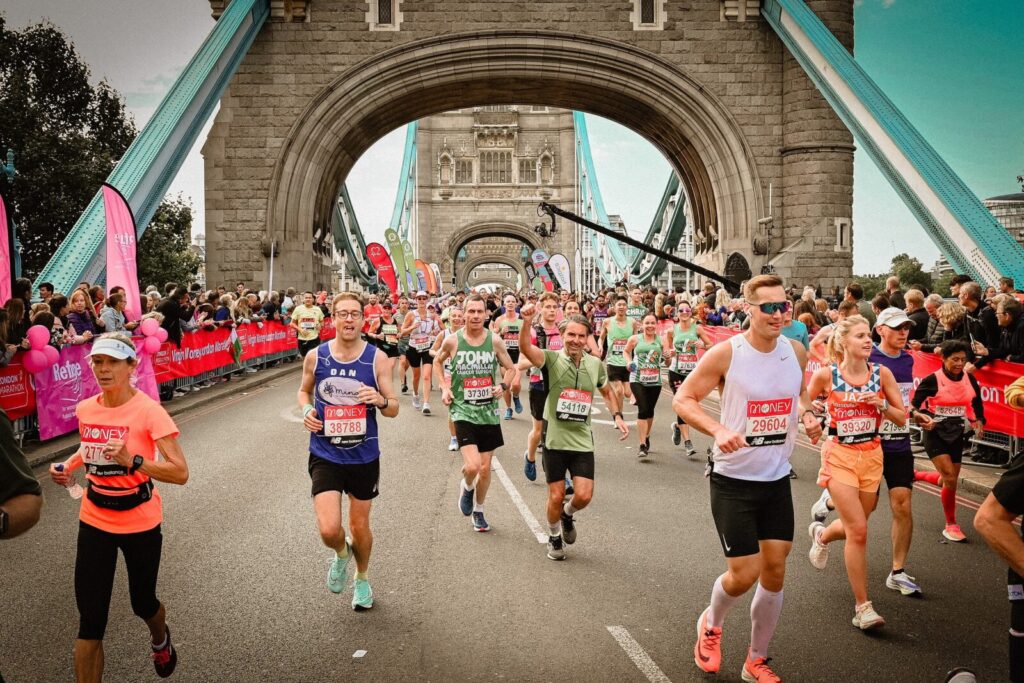In this post we discuss how Katharine beat sciatica to run the London Marathon using targeted resistance training.

Katharine came to me 5 months out from running the London marathon.
She wanted to start increasing her mileage in preparation, but there was a problem: the nerve pain that had plagued her for years had made an untimely return. She was unable to run more than 3 miles without searing pain down the back of her leg.
We got to work.
The key to resistance training with sciatic nerve pain
Let me start by making a confession: nerve pain is one of my least favourite maladies to work with.
The primary reason is that it’s both unpredictable and debilitating. This makes it stressful to approach.
Over the years I’ve found the first rule, don’t poke the bear, to be particularly valuable.
Start by using resistance training to improve the function of your muscular system within the limits your body has currently set. Breaching these limits usually results in pain with little to no gain.
Sensitive sciatic nerves typically don’t like it when you either straighten or bend your knee under load while your hip is in flexion.
Katharine found bending her knee from this position particularly painful, so we altered her hip position to allow pain free movement.
Where are your current weaknesses?
Once you’ve found pain-free ranges of motion to work in it’s time to assess where your weaknesses are and establish a list of priorities.
Perhaps unsurprisingly Katharine had weakness on her painful side throughout the muscles of her posterior thigh and lower leg. Essentially all of the muscles that are either directly or indirectly innervated by the sciatic nerve.
As all these muscles are involved in running we made strengthening them a priority.
Additionally, we took a close look at the muscles of her trunk. The sciatic nerve exits at the lumbar spine so instability in this region can impact its function.
We noted weakness in the muscles on the opposite side of her trunk and set about strengthening them as well.
Your body will adapt at its own pace, don’t rush it
Strengthening muscles takes time. Using more weight than you can currently tolerate doesn’t speed this process up, it slows it down.
If you’re preparing for an event on a particular date as Katharine was, the temptation is to rush. I get it. This will only lead to pain and interfere with your preparations however.
The most you can do is optimise your training, make sure your nutrition is on point and prioritise sleep. Nature will take its course.
A happy ending
I’m pleased to say Katharine was able to run her marathon. A testament to her hard work and dedication.
It’s also a lesson in how adaptable the human body is when given the right stimulus.
No matter where your starting point is, with enough time and an intelligent approach to exercise, you too can achieve your dream outcome.